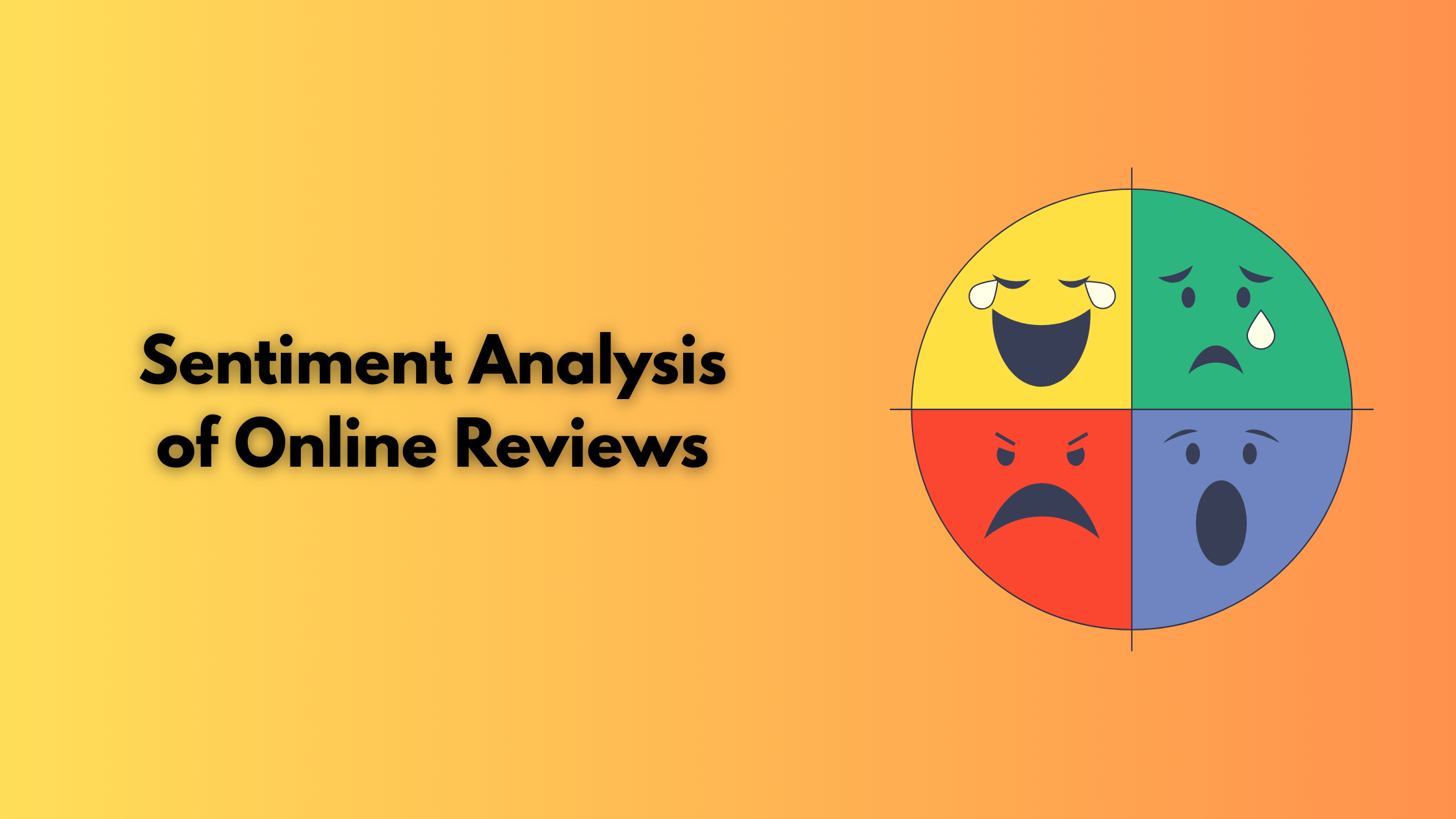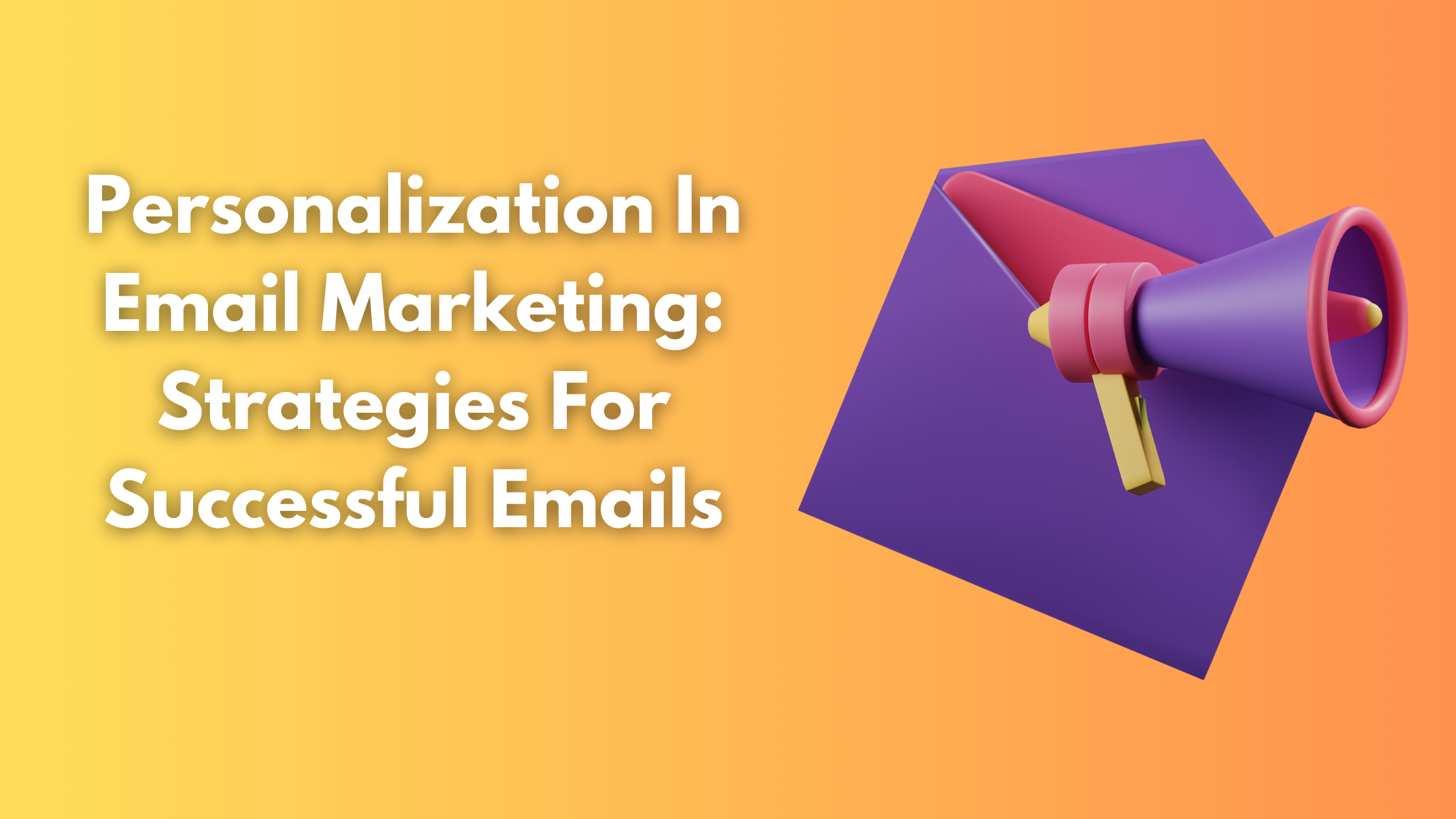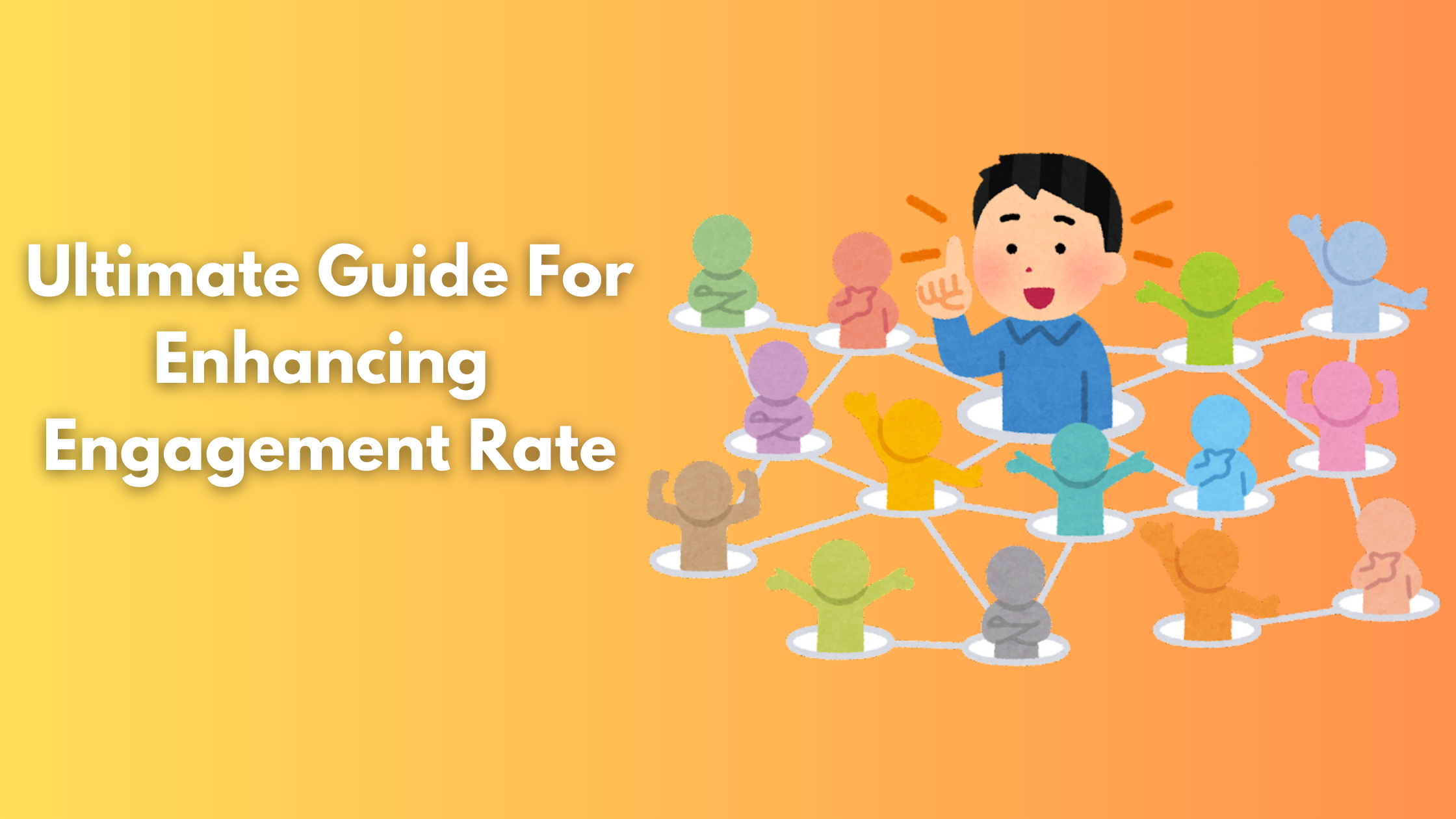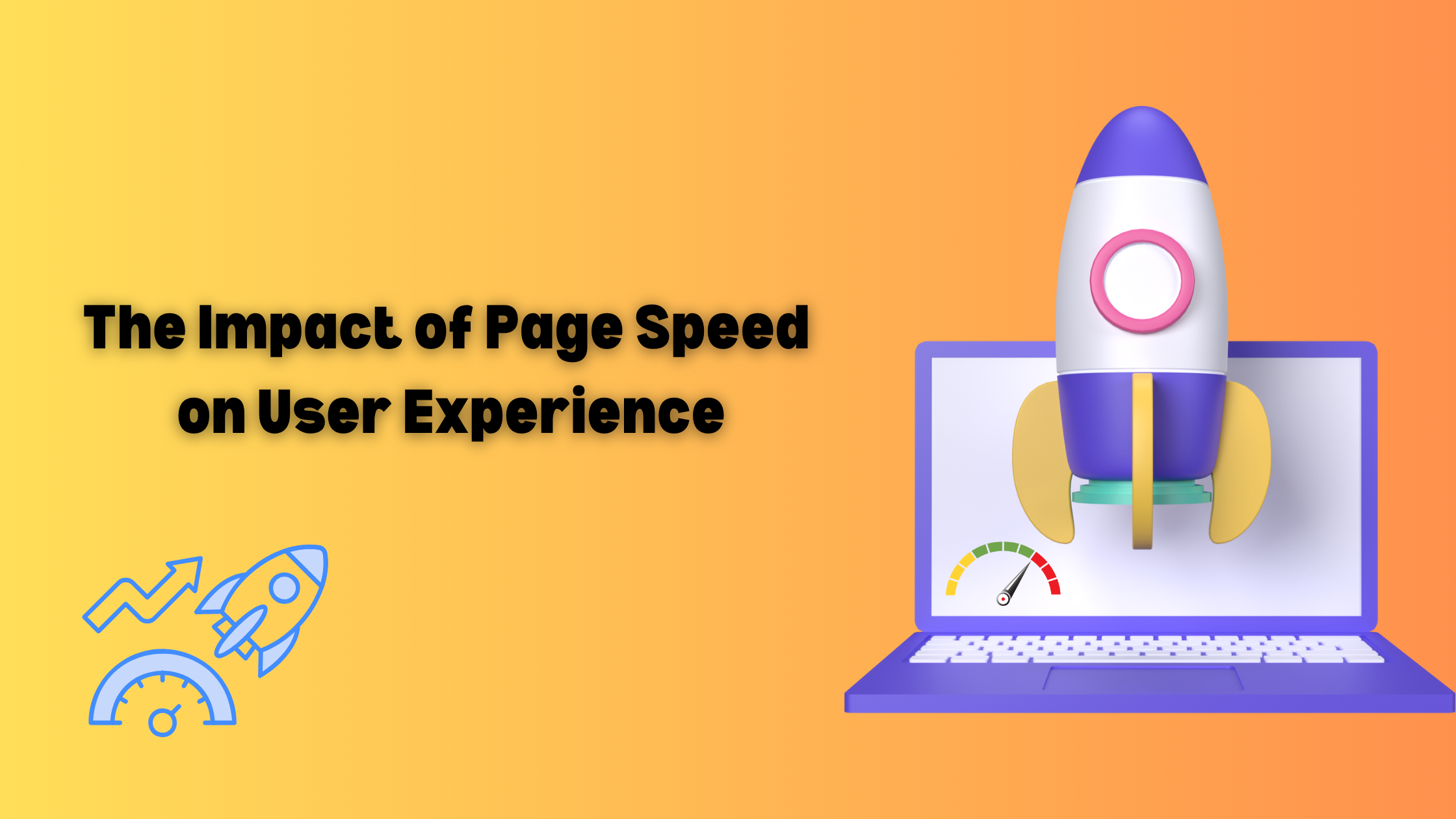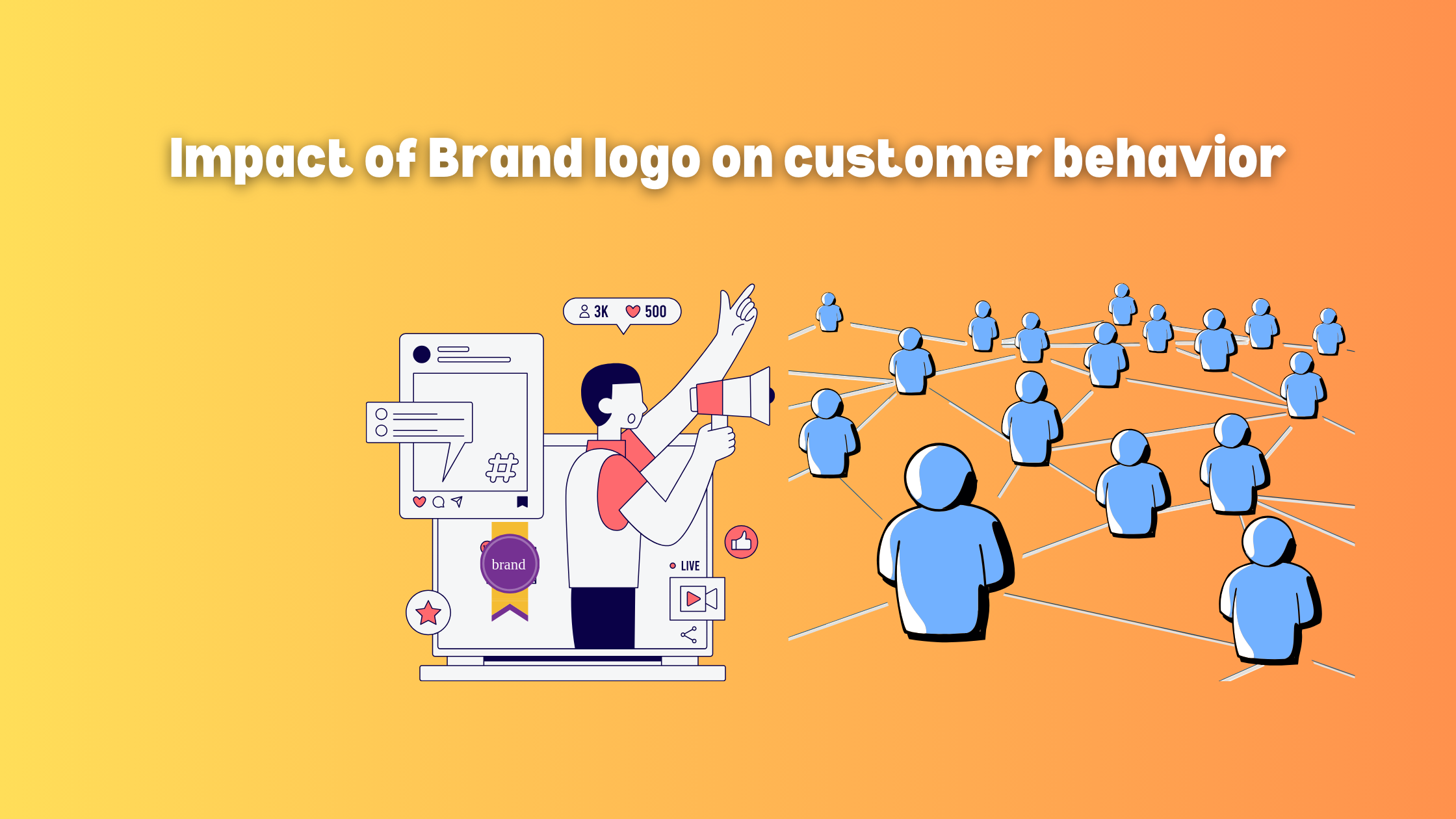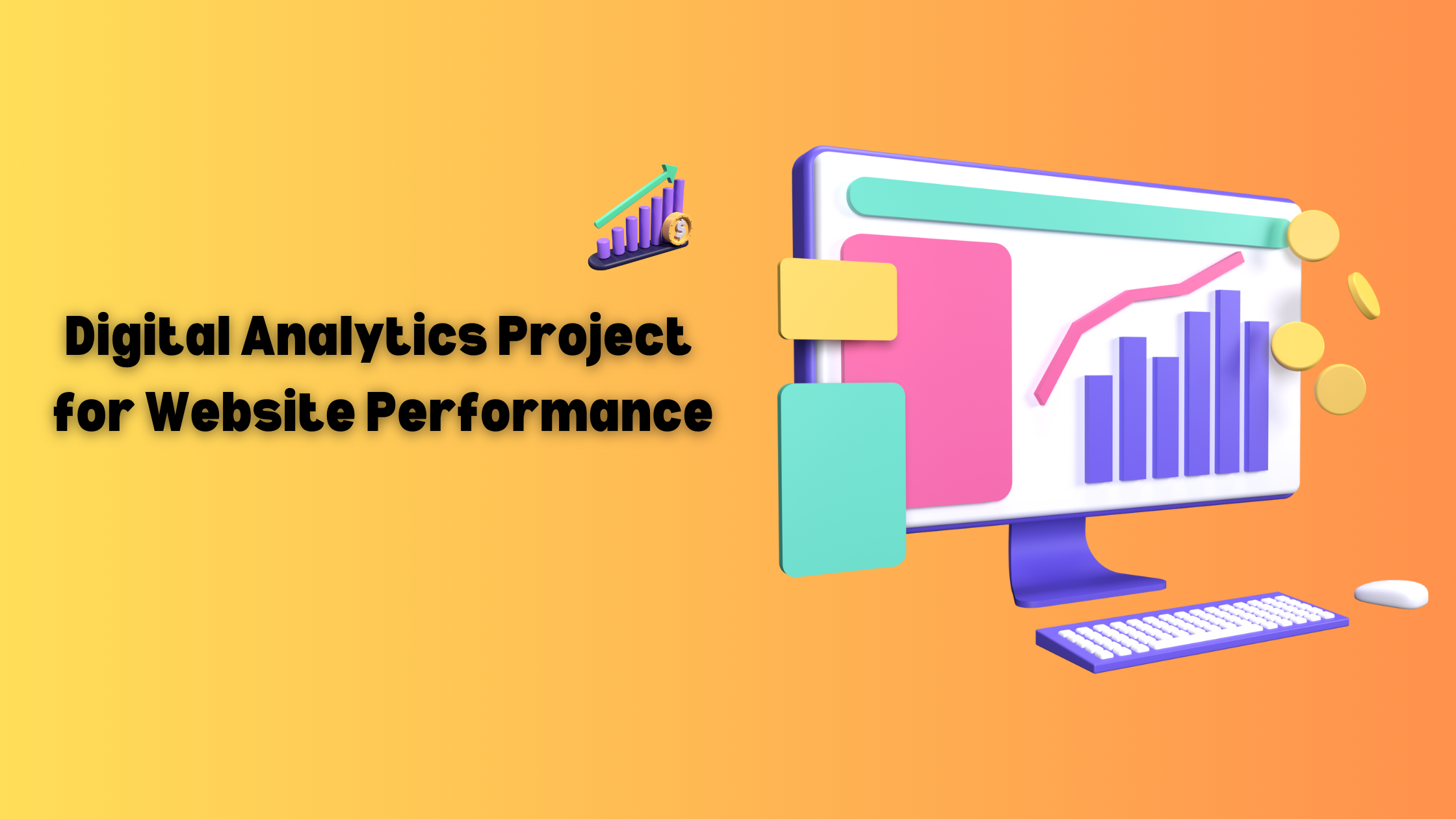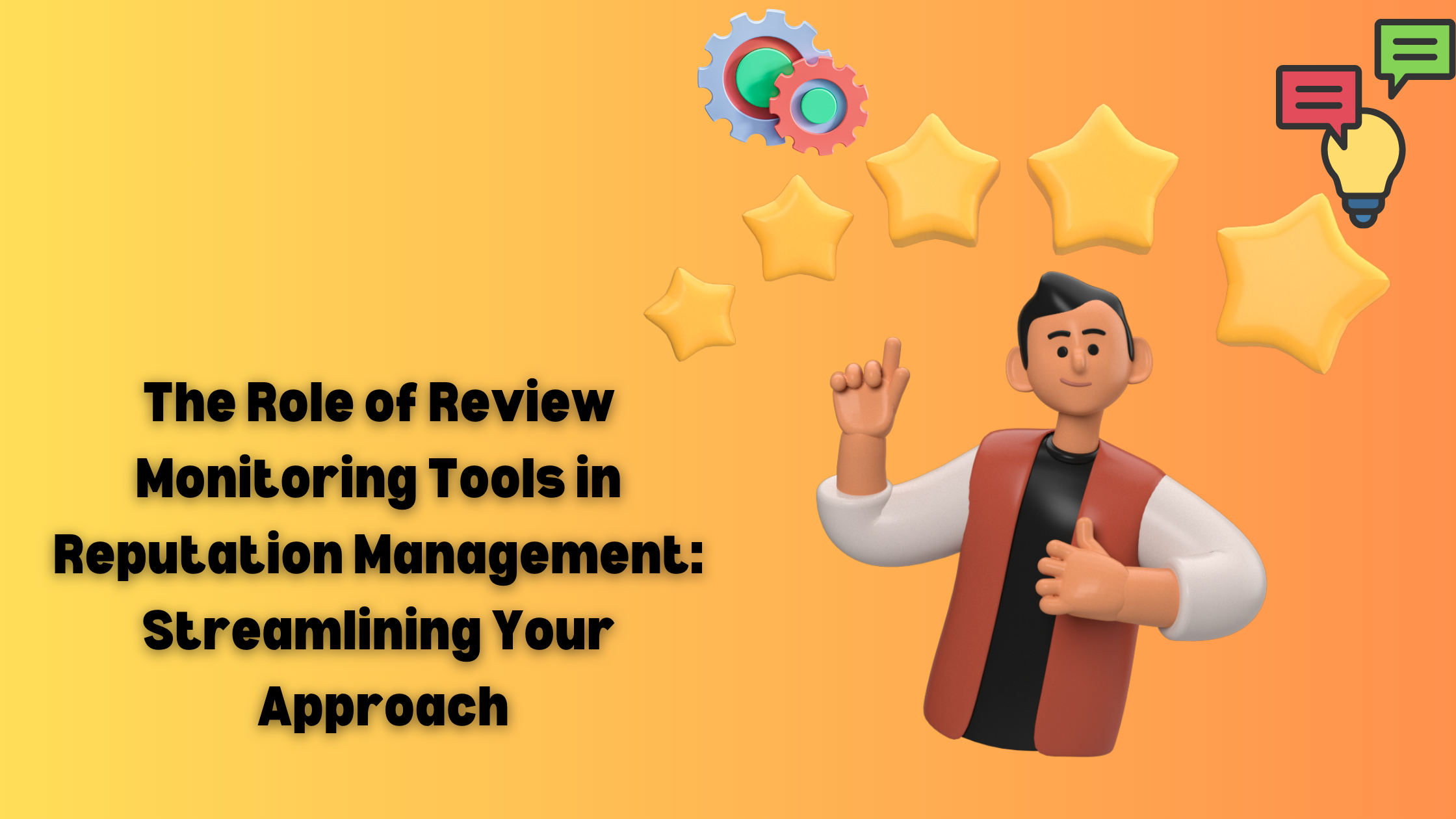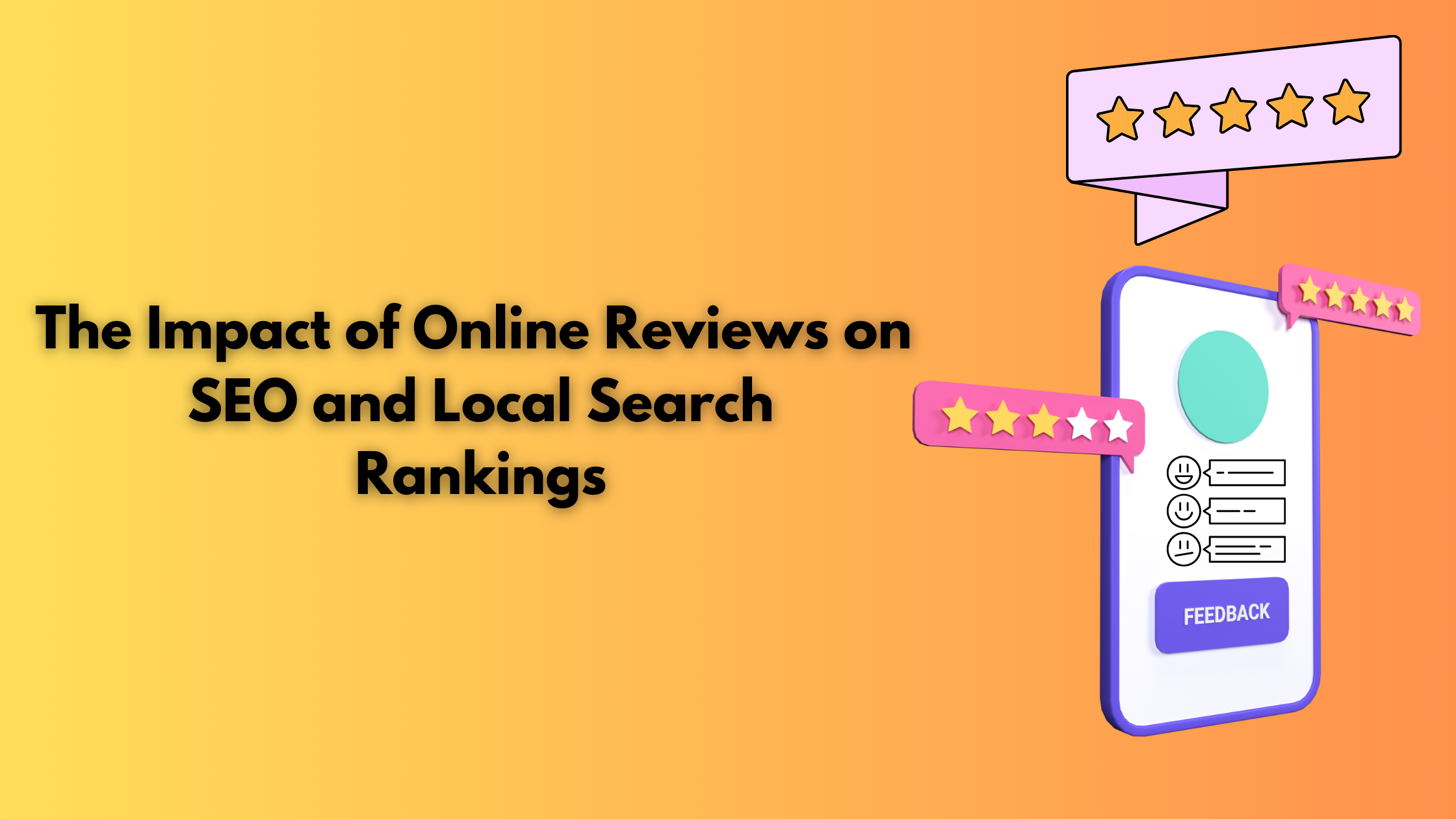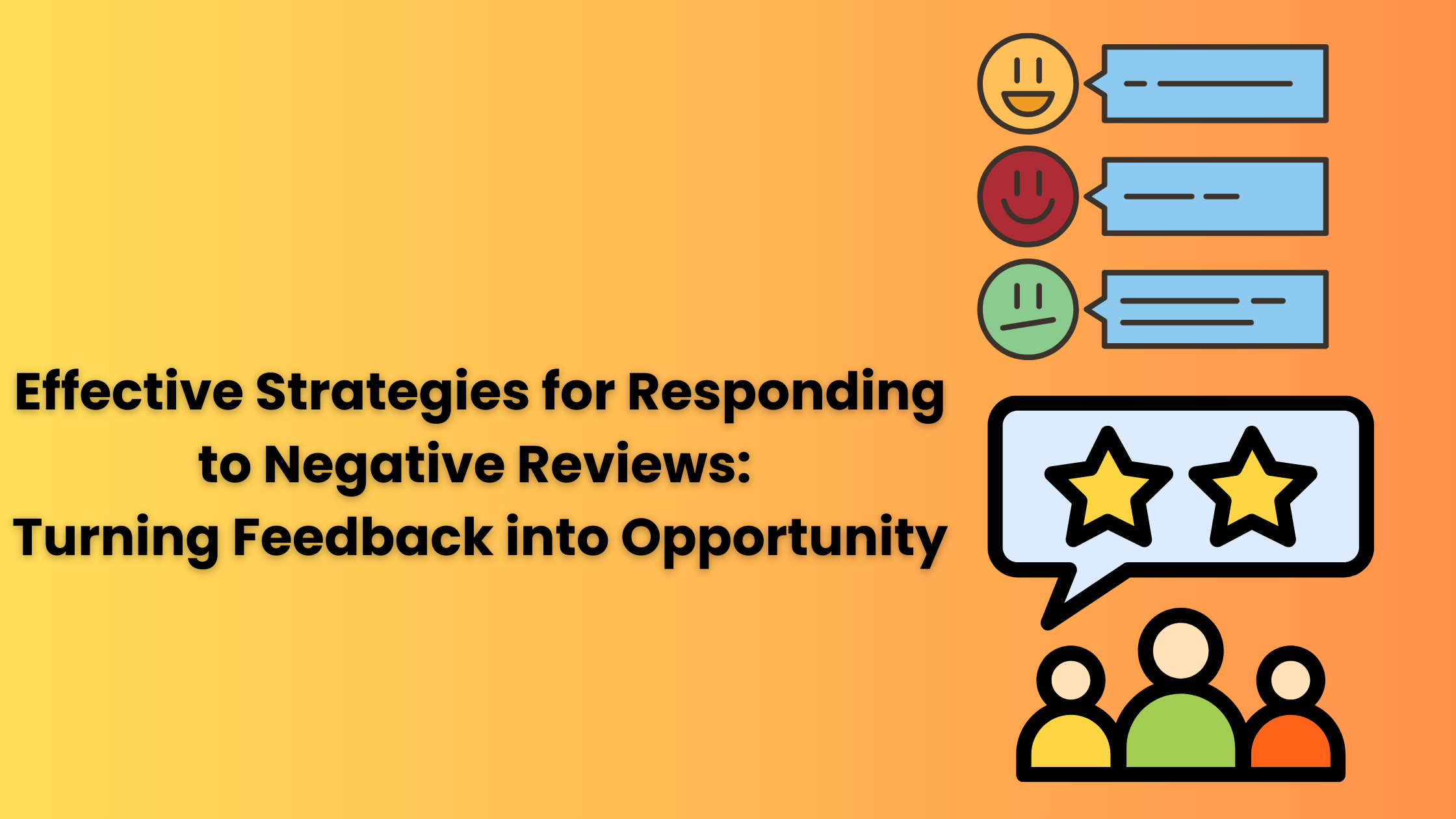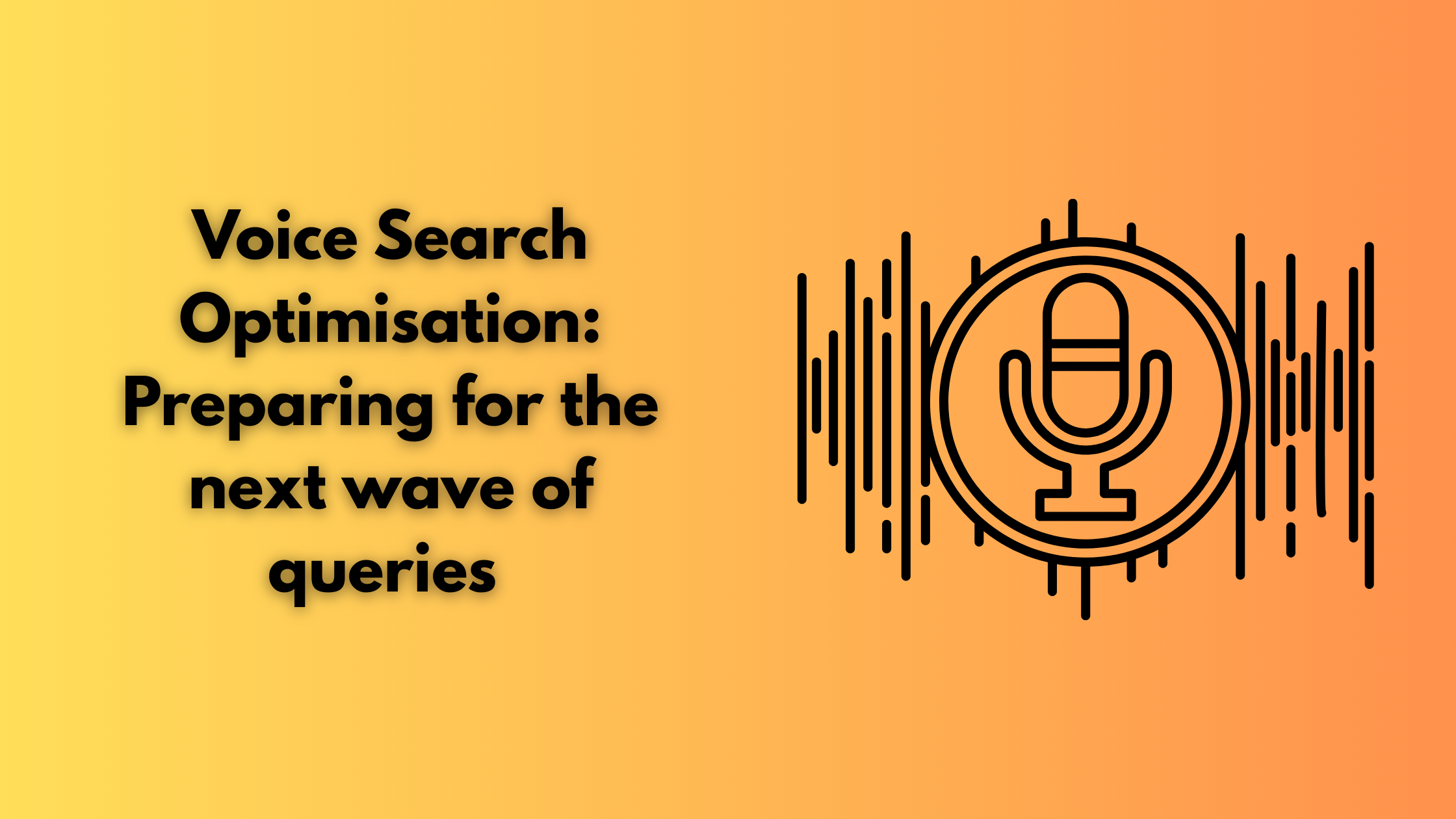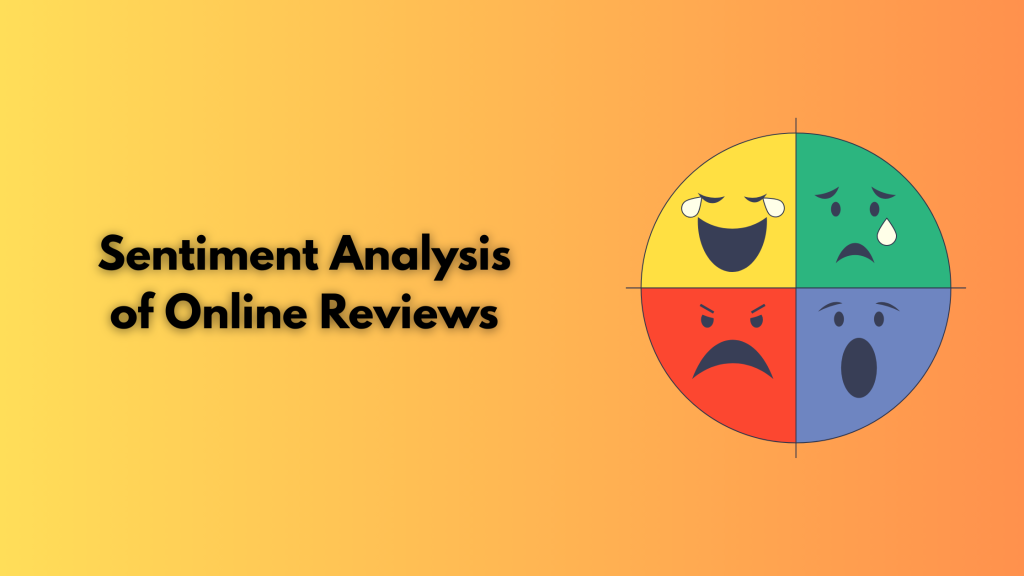
Reviews help in understanding what your customers think about you and your services. It provides a lot of important insight, and brands also try to gather more reviews from customers. 71% of customers read online reviews when they research a business. Also, 56% of customers change their perspective of a business based on how it responds to customers. Making sense of these reviews requires a systematic approach. Review sentiment analysis using AI tools lets you understand what your customer feels about certain topics and how it changes over time.
Once you have this insight, you can use it to enhance your products and services. You can also introduce new features that the audience was asking for. Sentiment analysis enables businesses to decipher the sentiment behind a review. That helps in understanding customer preferences, identifying areas of improvement, and helps in making data-driven decisions. 83% of users believe that a company showcasing user-generated reviews on its landing page can be trusted
In this article, we’ll learn why sentiment analysis is important and the best practices for sentiment analysis. Also, we’ll learn how sentiment analysis software benefits your software!
Why is Sentiment Analysis important?
Sentiment analysis is beneficial for businesses because it offers valuable insights into customer opinions and preferences. It is important because it helps in understanding customers’ feelings about your brand, products, etc. It helps address important issues and improve customer satisfaction. By monitoring sentiment, you can identify important issues, respond promptly, and enhance customer satisfaction.
By understanding the sentiment of the customers, you can refine your marketing campaign and messaging to align it with your marketing objectives and target audience. By analysing sentiments around competitors, you can reveal marketing gaps and opportunities. Sentiment analysis also reveals product improvements and innovations that meet the expectations of your target audience.
Best Practices and tips for effective sentiment analysis

Here are some of the tips for effective sentiment analysis
- Data Processing: Clean and monitor your data by removing unnecessary data or errors such as wrong spelling, capitalization, punctuation, etc.
- Quality: Maintain high-quality and reliable sentiment labels for training data. Use multiple annotators and build clear annotation guidelines to limit subjectivity and enhance consistency of sentiment labeling.
- Contextual Understanding: Understand the context in which the sentiment is expressed. Analyze the surrounding text and discourse to better understand the intent.
- Domain-specific Sentiment Analysis: Adapt the sentiment analysis model to specific industries or domains. Domain-specific sentiment lexicons or fine-tuning pre-trained models on domain-specific data can enhance the relevance and accuracy.
- Data Privacy: Manage user data with responsibility and ensure compliance with privacy regulations. Aggregate data to protect user identities and sensitive information.
- Sarcasm Detection: Develop techniques that can identify sarcasm or irony in text. It includes analyzing linguistic cues, sentiment inconsistencies, and incorporating external knowledge sources.
How does a Sentiment Analysis Review Software benefit your business?

Here are some of how sentiment analysis review software can enhance your business
- NPS Score: NPS is a score that measures how likely a customer is to recommend your company. By analysing what customers are saying online, you can understand why your NPS score is high or low.
- Cost-Effective: These review software are cost-effective as automating analysis processes can help in saving time and resources.
- Improvement: The built-in AI features in sentiment analysis review software offer fast and efficient ways to understand which features of your company are most loved. It also helps in understanding which services irritate them, and you can enhance them.
- Loyalty: Offering recourse to customers who had a less pleasant experience with your product or services can turn a negative review into a positive one and help in building trust.
- Evidence-based Case: Understand which is the top customer service issue that your customers are facing based on the internal information from team members. You must have sufficient data to convince other departments. This review software helps you provide this data.
- Agent Training: If your agents quickly identify reviews that mention a negative experience, then it becomes easy to tackle the situation on time. Sentiment analysis review software helps in pinpointing the exact issue that needs guidance or help.
Sentiment analysis is very important for your business because it allows you to gain valuable insight into customer sentiment, opinion, and preferences. By understanding the sentiment, businesses can make data-driven smart decisions that can improve their customer experience, products, and help build strong relationships with customers. Lumia 360 also offers review management software that lets you manage and monitor your reviews in one place. It alerts you whenever someone mentions your brand and lets you filter your reviews. To know more about our review management system, email info@lumia360.com or call 514-668-5599.
Read Also: The Power of Review Management: Success Story
Read Also: How to Encourage Customers to Leave Reviews



